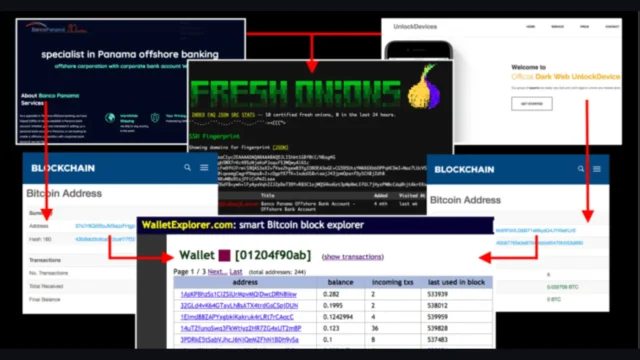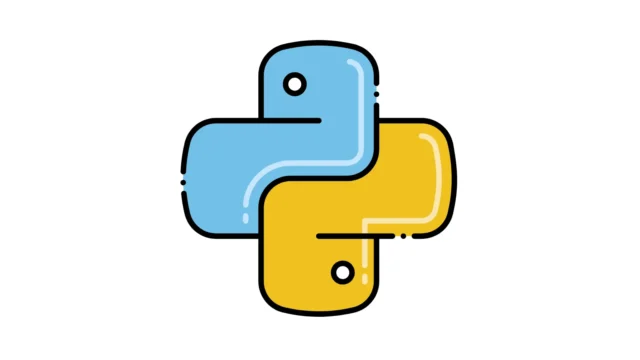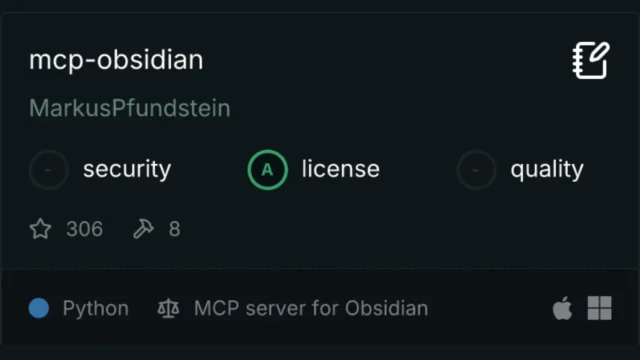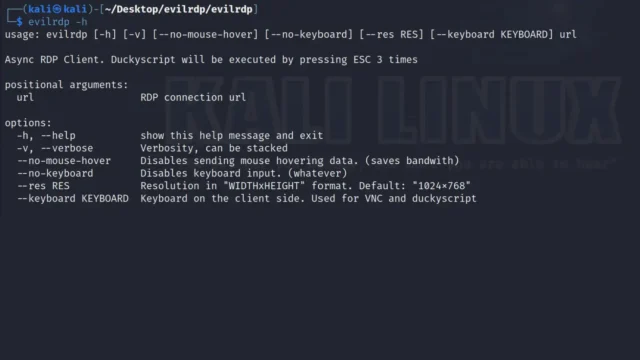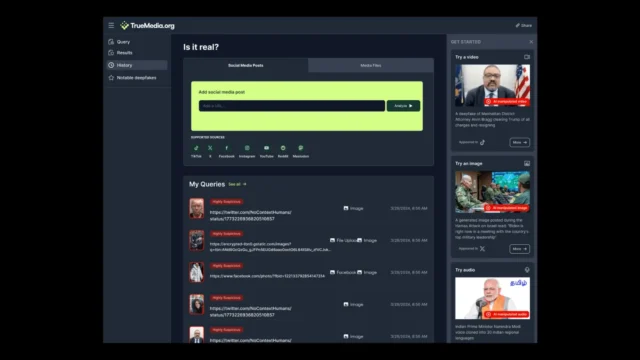Unveiling Offshore Banking And Dark Web Operations via Blockchain Analysis : An OSINT Case Study
In the realm of cybersecurity and financial investigations, blockchain analysis has emerged as a powerful tool for uncovering illicit activities on the dark web. This case study highlights the use of open-source intelligence (OSINT) and blockchain forensics to expose connections between offshore banking services and dark web operations. The focus is on demonstrating how these tools can reveal relationships...
Audits Portfolio : Tools And Functions
In the realm of blockchain and Web3 security, audits play a crucial role in ensuring the integrity and reliability of decentralized systems. An audits portfolio typically includes a variety of tools and methodologies designed to identify vulnerabilities, assess risks, and enhance the security posture of smart contracts and blockchain applications. Here's an overview of key tools and their functions: Smart...
Local Deep Researcher : Revolutionizing Research With AI-Driven Tools
Local Deep Researcher is a powerful, AI-driven tool designed to assist in deep, iterative research by leveraging local Large Language Models (LLMs) and web searches. It is inspired by the IterDRAG approach, which involves decomposing queries into sub-queries, retrieving relevant documents, and iteratively refining the search process to address knowledge gaps. Key Features LLM Integration: Local Deep Researcher supports LLMs hosted...
Python Fire : Transforming Python Code Into Command-Line Interfaces
Python Fire is a powerful library that simplifies the process of creating command-line interfaces (CLIs) from Python objects. It allows developers to turn any Python component, such as functions, classes, or modules, into a CLI with minimal effort. This article explores the functionality and benefits of Python Fire, along with its installation and basic usage. Key Features Of Python Fire Simplicity:...
SMM : From Social Media To System Management Mode
The term "SMM" can refer to two distinct concepts: Social Media Marketing and System Management Mode. Here, we'll explore both aspects and delve into the tools and functions associated with each. Social Media Marketing (SMM) Definition and Purpose:Social Media Marketing (SMM) is a digital marketing strategy that leverages social media platforms to engage with customers, build brand awareness, and drive sales....
XrefGen – Advanced Cross-Reference Generator For IDA Pro
XrefGen is an innovative IDAPython script designed to augment IDA Pro's static analysis capabilities by identifying and generating additional cross-references that may not be automatically detected by IDA Pro. These supplementary references are formatted to be compatible with Mandiant's XRefer plugin, enhancing navigation and understanding of complex code structures. Key Features Indirect Call/Jump Detection: Identifies targets of indirect calls and jumps,...
MCP Server For Obsidian : Enhancing AI Integration
The MCP (Model Context Protocol) server for Obsidian is designed to bridge the gap between AI assistants like Claude and Obsidian knowledge bases. This integration allows AI models to interact with Obsidian notes securely and locally, leveraging the Obsidian Local REST API plugin. Components And Tools The MCP server implements several tools to facilitate interaction with Obsidian vaults: list_files_in_vault: Lists all files...
evilrdp : The Ultimate Tool For Elevated RDP Command Control
In the realm of remote desktop management, evilrdp stands out as a powerful tool designed to provide extended control over RDP connections. Built on the aardwolf RDP client library, it offers a combination of GUI and command-line functionalities, making it an invaluable asset for both administrators and security professionals. Features Automated Input Control: Users can control the mouse and keyboard from...
wa-tunnel – TCP Tunneling Through Whatsapp
wa-tunnel is an innovative tool designed to tunnel TCP data through two WhatsApp accounts, leveraging the Baileys library, which supports multi-device WhatsApp functionality. This project is particularly useful in scenarios where network carriers offer unlimited WhatsApp data, such as in certain regions or on airplanes with restricted internet access. How wa-tunnel Works Data Transmission: wa-tunnel sends TCP network packets through WhatsApp...
Deepfake Apps : How They Function And Their Applications
Deepfake apps are sophisticated tools that utilize advanced AI algorithms, particularly Generative Adversarial Networks (GANs), to create convincing fake images, videos, and audio recordings. These applications have transformed various industries by enabling the manipulation and synthesis of media in ways that were previously unimaginable. The backbone of deepfake technology is the GAN, which consists of two neural networks: a generator...

















